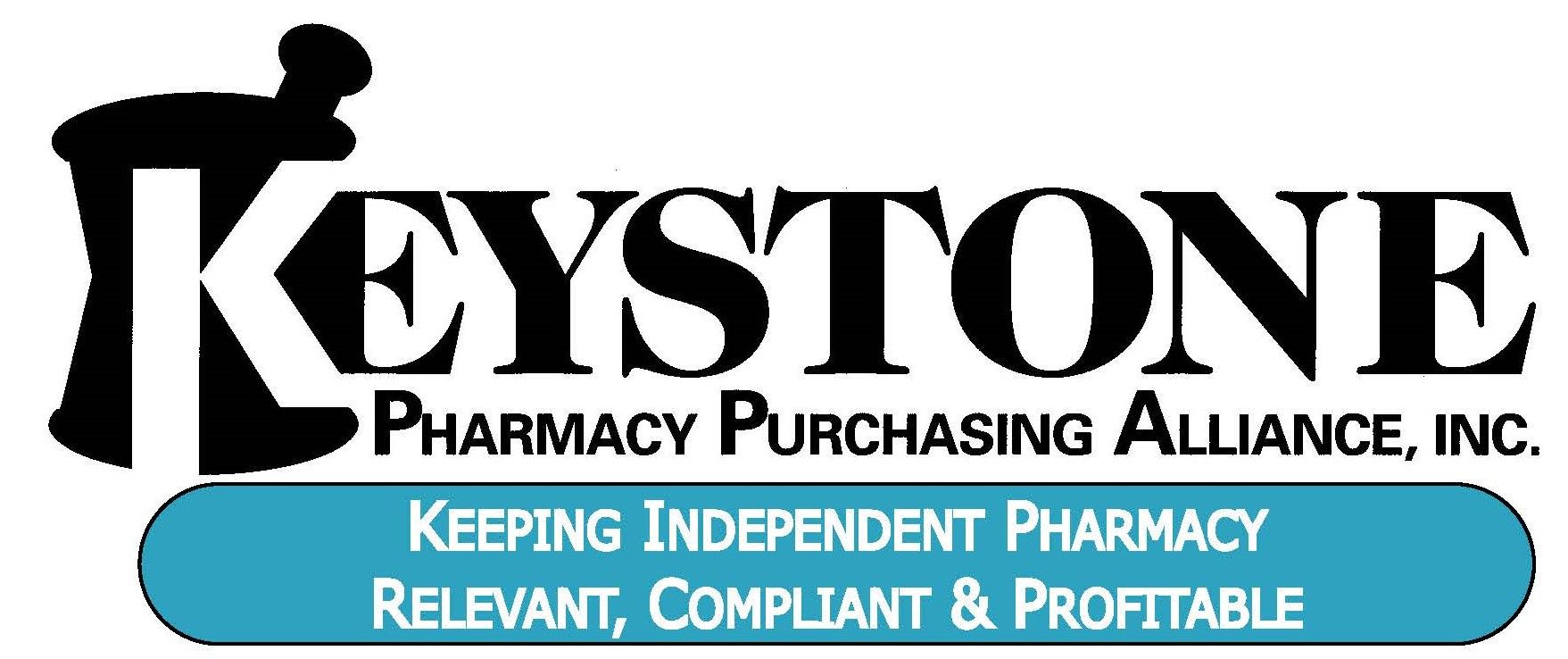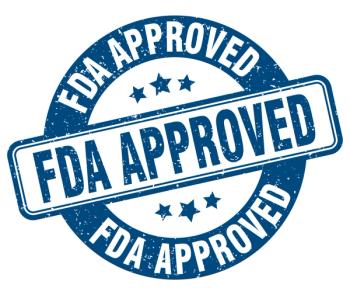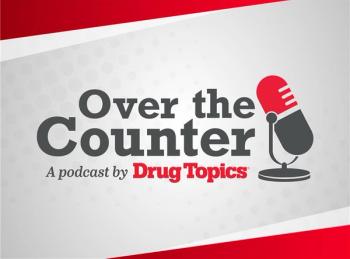
Q&A: Pharmacies Grapple With Patient Influx Amid Rite Aid Closures

Rob Frankil, RPh, discusses how independent pharmacies in Pennsylvania are dealing with the impact of Rite Aid stores closing.
Rite Aid, which was once the third-largest pharmacy chain in the United States, announced in May that it had filed its second Chapter 11 bankruptcy in under 2 years. The company said it has continued to face financial hardships due to the “rapidly evolving retail and health care landscapes” and will close or sell all its locations.
In Pennsylvania, where Rite Aid is based, hundreds of stores across the state are expected to close. Although CVS and other chains
Drug Topics recently sat down with Rob Frankil, RPh, executive director of the Philadelphia Association of Retail Druggists (PARD), to discuss how Rite Aid closures are impacting independent pharmacies in Pennsylvania, and what they can do to position themselves for survival as more pharmacy chain locations close.
Drug Topics: How has the closure of Rite Aid stores impacted independent pharmacies in Pennsylvania?
Rob Frankil, RPh: I'm seeing a mixed bag. There are some chains and some grocery store clusters that are buying Rite Aid files. I personally don't understand why they are, but some are. There are some independents that are reluctant to take on Rite Aid business, and they've created some sort of system of priority, like a wait list, because they can't handle all the volume. They look at the list, and they prioritize who they want to take on and who they don't want to take on based on their insurance plan and their drugs. Bottom line is, if the Rite Aid patients represent business that loses money, why would you want to take on those Rite Aid patients? That's dependent upon their insurance plan and the medications they use.
I am hearing that some independents are just creating a wait list. “We'll get to you when we can. We'll call you.” During that call, they figure out if that's a patient that they will lose money on or not. Then there are some pharmacies that are not accepting any patients because they can't handle the workload. They're already having trouble paying the bills, and their staffs are overworked. Why in the world would you want to take on more business if all you do is lose money with that business? It requires you to have more overhead and more staff to do that.
I'm seeing it all over the spectrum. Quite frankly, I'm surprised that some people are buying files, but it's a volume game. We saw this back in the 2000s and in the 90s, where Rite Aid, CVS, and Walgreens just wanted to gobble up volume to increase the value of their business. Nowadays, it's a different ball game. I guess they're buying those patients at pennies on the dollar. The price must be so good—Rite Aid is looking for anything. Most of what I'm hearing is [pharmacies] can't handle any more volume or we're going to be very selective in handling it. We are seeing real patient access issues. We are seeing the pharmacies that are left, that are willing to take on these Rite Aid patients, become overloaded.
The bottom line is, Rite Aid is out of business because reimbursement is poor. The patients [who] are being kicked out of Rite Aid to find pharmacies have prescriptions and insurance that lose money, and pharmacies are reluctant to take them on. That is a real problem.
We are now at the tipping point, if not beyond the tipping point. Once the 351 Rite Aid pharmacies in Pennsylvania finally close in 2025, that will be over 600 pharmacies in Pennsylvania that closed in the last 2 years. That's over 25% of the pharmacies in the state. If legislators don't think that's going to create an access problem, they've got their heads in the sand. If they don't think it's because of poor reimbursement, they've got their heads in the sand.
Until the reimbursement problem gets fixed, until the playing field gets leveled for commercial reimbursement, we're going to continue to have these problems because these patients still represent prescriptions that lose money. It’s going to keep happening. Not to mention unemployment. When 25% of the pharmacies close in Pennsylvania, how many people are out of a job?
Drug Topics: As more large chain closures continue around the country, how can independent pharmacies position themselves to survive?
Frankil: What I've been preaching to my membership is to diversify your practice. [As] you're not making money filling prescriptions until the reimbursement issue is corrected, you've got to diversify your practice and take advantage of different revenue streams with clinical services. That means a robust immunization program for COVID-19, flu, shingles, pneumococcal [disease], and beyond. Reimbursements are a lot better in vaccines than [they are] in just filling scripts. Medication therapy management services. There are programs out there where you can gain additional revenue by clinical practices.
In Pennsylvania, the fee-for-service program has some mandates that the Medicaid managed care organizations have to have clinical programs out there for medication management, diabetes education training, inhaler training, and monitoring of blood pressure. Pharmacists can get trained credentials [and] get up to speed and enrolled to generate $20, $30, $50 a month per patient in managing their medications a little better and documenting it.
The opportunities are out there, but the problem with that is pharmacists right now are so busy just trying to keep their heads above water that they don't necessarily have the time to get trained in these new programs. They're out there, but it takes time and effort to get trained and contracted. It could be 3 to 9 months, depending on the program. You also have to take yourself away from behind the counter. Who's going to fill the scripts? If you're a one-man show, it's almost impossible.
You really need a diversified practice where a pharmacist or the owner or a pharmacy technician can go ahead and get trained and get up and running. In my pharmacy membership in Pennsylvania, we have quite a few pharmacies who are doing well in the clinical program aspect and have found a niche where they can make money aside from filling scripts. They are doing OK. They're looking to grow that part of the practice instead of waiting around for the reimbursement fix. That's what you have to do. Diversify your practice. Unfortunately, some pharmacists will say, “Well, why should I have to do that?” Well, I'm sorry, but that's the way it is. Those pharma[cists] are ending up selling out or retiring. But the younger generation, a lot of them are doing OK because they're willing to take on these new programs.
READ MORE:
Pharmacy practice is always changing. Stay ahead of the curve: Sign up for our
Newsletter
Pharmacy practice is always changing. Stay ahead of the curve with the Drug Topics newsletter and get the latest drug information, industry trends, and patient care tips.















































































































